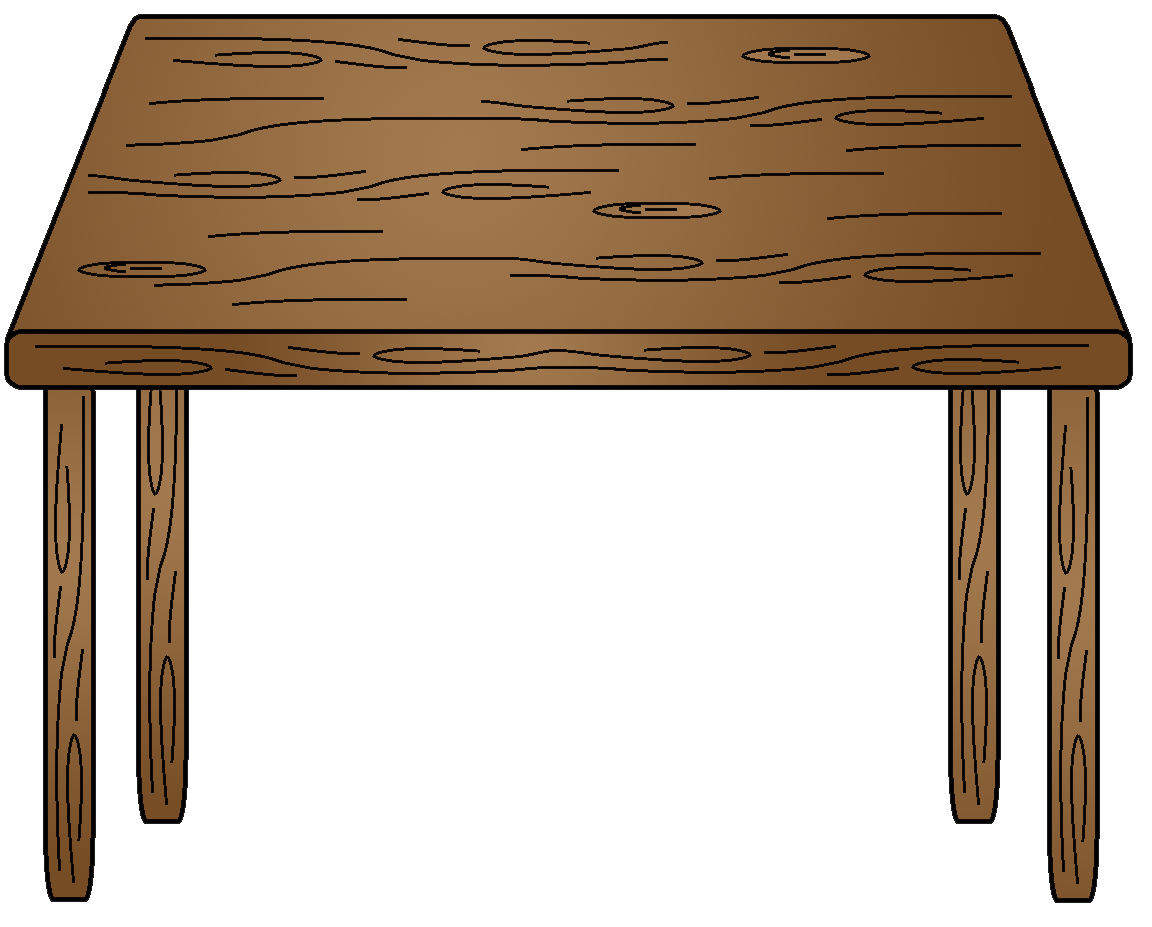Last year we planned on going to a wedding in France this summer. What do they say… something about making plans and God laughs? Whether you’re an atheist or religious zealot doesn’t matter for this to apply. Whatever you believe, it’s just Murphy’s Law applied to plans. Last year, soon after we considered traveling to France, I had surgery. That sort of threw a wrench in things. Very soon after that surgery we attended two domestic weddings - the further, 3 timezones away, so basically nothing compared to the time changes a trip to France entails. I needed to be extra vigilant regarding rest for the two weddings. While the distances to the two were minimal so was the amount of time after brain surgery.
Soon after the weddings, November 2018, an MRI showed regrowth. The immunotherapy drug I was taking failed to keep the tumor at bay and I had ANOTHER brain surgery. As I recovered from my latest surgery, the incision in the back of my head started to bulge. The back of my head resembled a filled water balloon. However, my NO (Nuero-Oncologist) was away on vacation. We valued his input prior to any actions so we delayed as long as possible with spinal taps. I had three. They 1) were not as bad as the name seems to imply to the unfamiliar; and 2) had diminishing returns. The first helped for a few days, the last, despite the removal of a large amount of troublesome liquid, only helped for a few hours. It became obvious after the third we could no longer wait. Something needed to reduce the liquid building in my head. A constant spinal tap was not an available option, and even if it were it wouldn’t be very attractive. So, on December 27, 2018, almost exactly eight years to the day of my very first brain surgery, I had a shunt implanted in my head. The shunt created a path for cerebral spinal fluid to drain out of my skull and into a safe place in my abdominal cavity where my body could take care of it. I spent a few days after Christmas in the hospital. God, a deity, the universe, a 6 year old alien running a simulation, had a good, long laugh at my plans. A laugh that lasted from before Thanksgiving to after Christmas. Ha, ha!
After the shunt procedure I still felt relatively sick, but the surgical wound no longer bulged out. I was nauseas and weak and tired and unsteady but I needed the shunt incisions to heal before I could begin my regular cancer treatments. The cancer treatments might (probably would) make healing from the shunt insertion very difficult (or impossible). The cancer treatments involved an infusion every other week of an antibody, called Avastin, to prevent the growth of new blood vessels the cancer needs. The Avastin is combined with a strong oral chemo pill taken every six weeks, sometimes longer depending on blood work, called CCNU. Ideally the Avastin prevents the cancer from growing and the CCNU kills the bad stuff.
Treatments led to the unexpected. After my first Avastin treatment my nausea went away. That isn’t necessarily what Avastin is meant to do but I wasn’t complaining about this side effect, especially since I had been trying to gain some healthy weight and not-eating-much made that very difficult. My second MRI after the start of treatment showed some progress from the first. I seemed to be traveling on a good path. Suddenly a trip to France, a trip that seemed impossible a few months prior, seemed a possibility again. Treatments, once started, were not necessarily that time sensitive. That meant a trip wouldn’t be completely dictated by a treatment schedule. My NO gave me the go ahead and we made loose plans for France. It was hard for me to even say - I am so used to the rug getting pulled out from under me - I am so used to making God laugh - that I almost expect plans to get wrecked. But in late July we did go to France. It was great. In fact, to say it was just great is an understatement.
I support all trips to France. I’ve enjoyed all of our trips to Europe quite a bit. We’ve been three times, each trip somewhere new. Now I’m back on American soil. Back to the usual. Back to treatments. I have an Avastin treatment coming up. Before the Avastin treatment I’ll do some blood work and that will help inform when i’m going to take chemo again. My next MRI should be sometime in early September. I’m not trying to make too many plans though. While I can occasionally be funny I don’t want to make God laugh too hard, it’s not healthy - at least for me.














